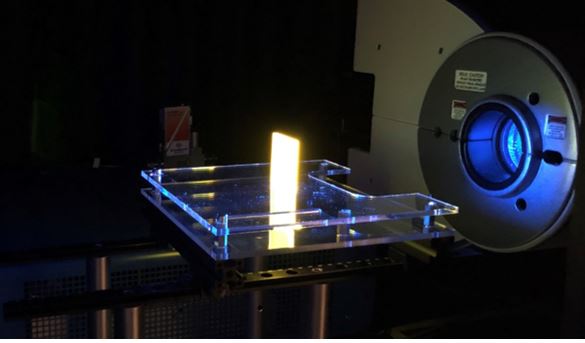Towards the Use of Renewable Syngas for the Decarbonization of Industry
Renewable syngas can replace fossil-fuel based syngas and thereby play an essential role in the decarbonization of industry. We quantify H2 and CO flows required for the transformation of industry towards a net-zero emitting sector. We also undertake a techno-economic analysis, in which we demonstrate that under specific assumptions for the technology learning curves, several renewable syngas routes can become economically feasible.
In this article we analyze how syngas produced in a renewable way can replace fossil-fuel based syngas production and thereby play an essential role in the decarbonization of industry. We show that in essentially all industrial applications renewable H2 and/or CO can replace syngas from fossil fuel feedstocks, and quantify the flows of these chemical building blocks required for the transformation of industry towards a net-zero emitting sector. We also undertake a techno-economic analysis, in which we demonstrate that under specific assumptions for the learning rates of some of the key process components, renewable syngas can become cost-competitive with that produced from fossil fuels. Cost competitiveness, however, only materializes for four of the five routes when natural gas prices are at least around 3 €/GJ and carbon taxes increase from 90 €/tCO2 today to 300 €/tCO2 in 2050.





